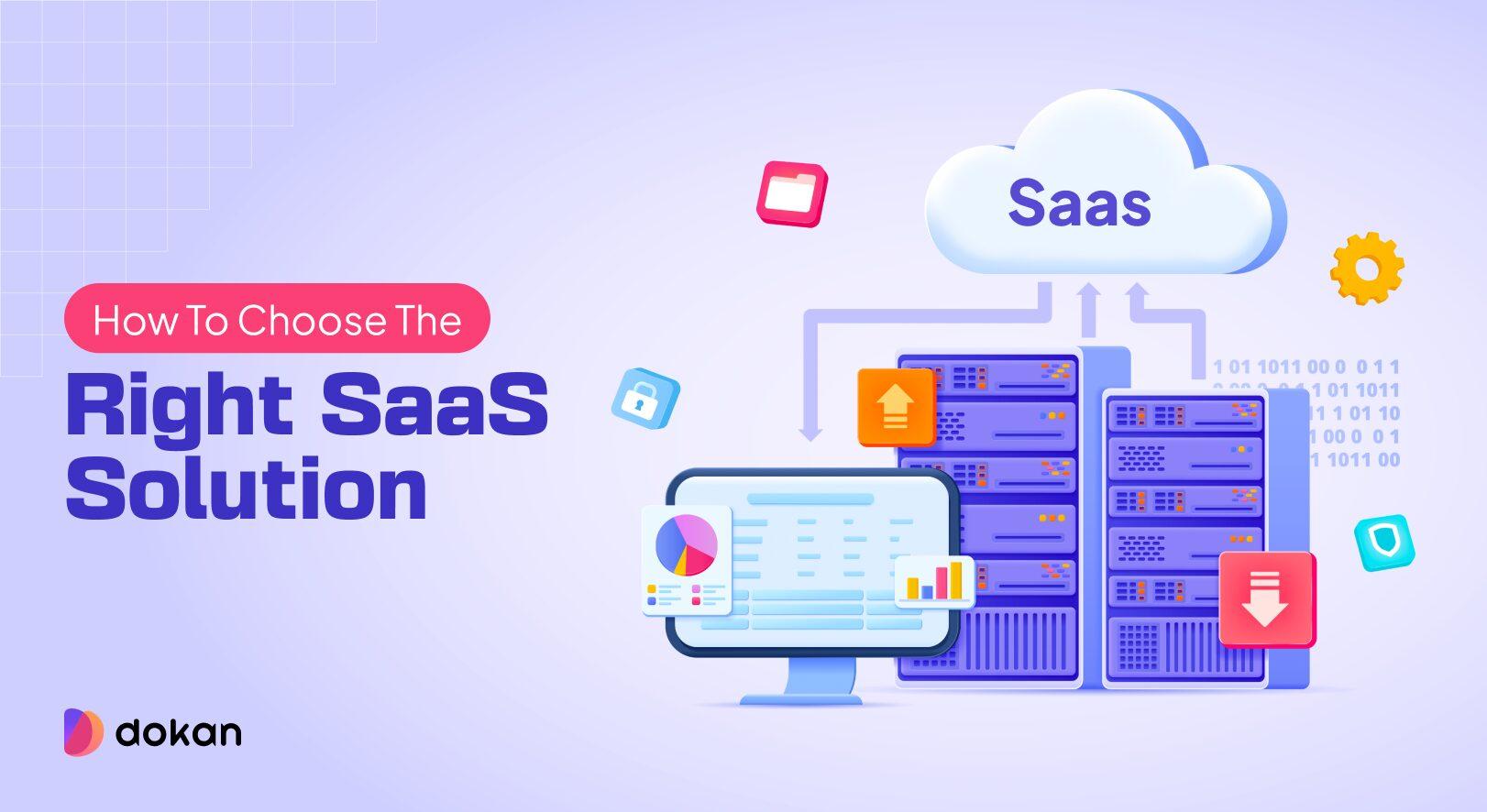In an era where teamwork transcends geographical boundaries, the dynamics of collaboration have evolved dramatically. Enter Software as a Service (SaaS)—a transformational player in the realm of team collaboration that promises to unleash potential like never before. These cloud-based tools not only streamline communication but also foster innovation, empowering teams to work together seamlessly, regardless of where they are in the world. As organizations strive for agility and adaptability, the adoption of SaaS solutions is not just a trend; it’s a strategic imperative. In this article, we will explore how harnessing the power of SaaS can elevate team collaboration, breaking down silos and amplifying productivity in ways that are both impactful and sustainable. Join us as we dive into the world of cloud collaboration and uncover the keys to unlocking your team’s true potential.
Exploring the Landscape of SaaS Solutions for Team Collaboration
The evolution of SaaS (Software as a Service) has revolutionized how teams collaborate, breaking down geographical barriers and fostering seamless communication. At the core of many successful digital workplaces lies a suite of intuitive tools designed to enhance productivity and streamline processes. Among the most popular features of SaaS solutions are:
- Real-time collaboration: With tools allowing multiple users to work simultaneously on documents or projects, teams can contribute their insights at any moment.
- Centralized file storage: Cloud-based platforms facilitate easy access to necessary documents, ensuring that everyone has the latest updates without the hassle of email chains.
- Task management systems: These allow teams to delegate responsibilities clearly, fostering accountability and transparent workflows.
Moreover, the flexibility and scalability of SaaS platforms make them suitable for teams of any size, from startups to large enterprises. Teams can easily integrate various tools to fit their specific needs, moving beyond traditional models of collaboration. Let’s take a glance at a few leading SaaS solutions and their standout features in the following table:
| Platform | Key Features |
|---|---|
| Slack | Instant messaging, channels, integrations with apps |
| Asana | Task tracking, project timelines, automated workflows |
| Trello | Visual boards, lists, card automation |
| Google Workspace | Email, Docs, Sheets, real-time collaboration |

Enhancing Communication and Workflow through Cloud-Based Tools
In today’s fast-paced business environment, enhancing communication and workflow is essential for any team looking to maximize its potential. Cloud-based tools offer the flexibility and scalability that traditional solutions cannot match. By leveraging these innovative platforms, teams can enjoy seamless communication and collaboration, ensuring everyone is on the same page, regardless of their location. With features such as real-time document editing, instant messaging, and task management, cloud solutions foster an environment where ideas can flow freely and projects can progress without unnecessary delays.
Some of the core benefits include:
- Accessibility: Access files and applications from anywhere, helping remote teams to stay connected.
- Integration: Easily connect with other tools, creating a streamlined workflow.
- Cost-Effectiveness: Reduce the need for physical infrastructure and maintenance costs.
- Version Control: Avoid confusion with collaborative features that track changes in real time.
To further illustrate the impact of these tools, consider the following comparison of traditional versus cloud-based workflows:
| Aspect | Traditional Workflow | Cloud-Based Workflow |
|---|---|---|
| Communication Speed | Delayed responses | Instant feedback |
| Collaboration | Limited access | Real-time collaboration |
| Storage | Physical servers | Unlimited cloud storage |
| Cost Overhead | High maintenance | Subscription-based pricing |

Fostering a Culture of Collaboration and Innovation in the Workplace
In today’s fast-paced business environment, leveraging the right tools is essential for encouraging synergy among team members. SaaS (Software as a Service) platforms are game-changers, providing seamless access to collaborative tools that enhance communication and drive innovation. By integrating applications that allow for real-time editing, task management, and feedback loops, organizations can foster an atmosphere where creativity thrives. Team members can share ideas effortlessly, allowing for an organic flow of thought and reducing the friction often associated with project development.
To effectively cultivate a space for collaboration, consider incorporating features that promote inclusivity and engagement. Implement tools that offer:
- Cloud Storage: Secure access to files and documents from anywhere.
- Project Tracking: Visual representations of progress to keep everyone aligned.
- Instant Messaging: Channels for quick inquiries and brainstorming sessions.
- Feedback Systems: Structures to gather input and improve project iterations.
Combining these functionalities not only helps in meeting deadlines but also encourages teams to experiment and iterate. This environment of shared goals and open dialogue paves the way for innovative solutions that move organizations forward.

Measuring Success: Key Performance Indicators for Collaborative SaaS Implementation
In a collaborative SaaS environment, determining the effectiveness of your implementation necessitates a set of measurable indicators that provide insights into team performance and user engagement. Key performance indicators (KPIs) should focus on various dimensions of collaboration, such as user adoption rates, engagement metrics, and project delivery timelines. By analyzing these areas, businesses can easily identify strengths and pinpoint potential challenges, thus enhancing the overall collaborative experience. It’s essential to track both quantitative data, like the number of active users, and qualitative feedback, such as employee satisfaction, to gain a holistic view of performance.
Another critical aspect is the impact of collaboration tools on productivity and efficiency. Establishing benchmarks around task completion rates, communication frequency, and inter-departmental interactions can reveal the extent to which SaaS tools facilitate teamwork. To optimize these measures, consider implementing a structured evaluation system where teams can assess their collaborative efforts at regular intervals. Below is a simple table outlining essential KPIs and their significance:
| Key Performance Indicator | Significance |
|---|---|
| User Adoption Rate | Indicates how many team members are actively using the tools. |
| Engagement Metrics | Measures interaction levels between team members. |
| Task Completion Rate | Reflects the efficiency of the team in completing assigned tasks. |
| Feedback Scores | Represents overall satisfaction with the tools and processes. |
To Conclude
In a world where collaboration is the cornerstone of innovation, the tools we choose can make all the difference. As we’ve explored the transformative power of Software as a Service (SaaS), it’s clear that these platforms not only streamline workflows but also foster an environment where creativity can flourish. By harnessing the capabilities of SaaS, teams can transcend traditional barriers, giving every member a voice and a stake in the collaborative process.
As we wrap up our journey through the myriad benefits of SaaS for teamwork, remember that unleashing your team’s potential goes beyond the technology itself. It’s about adopting a mindset that embraces openness, agility, and continuous improvement. Equipped with the right tools and an empowered team, the possibilities are endless. So, take the leap, explore the SaaS solutions available, and watch as your collaboration transforms, driving success in ways you may have never imagined. The future of teamwork is here—embrace it and let your team soar.



